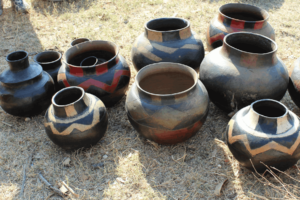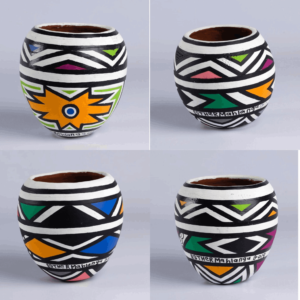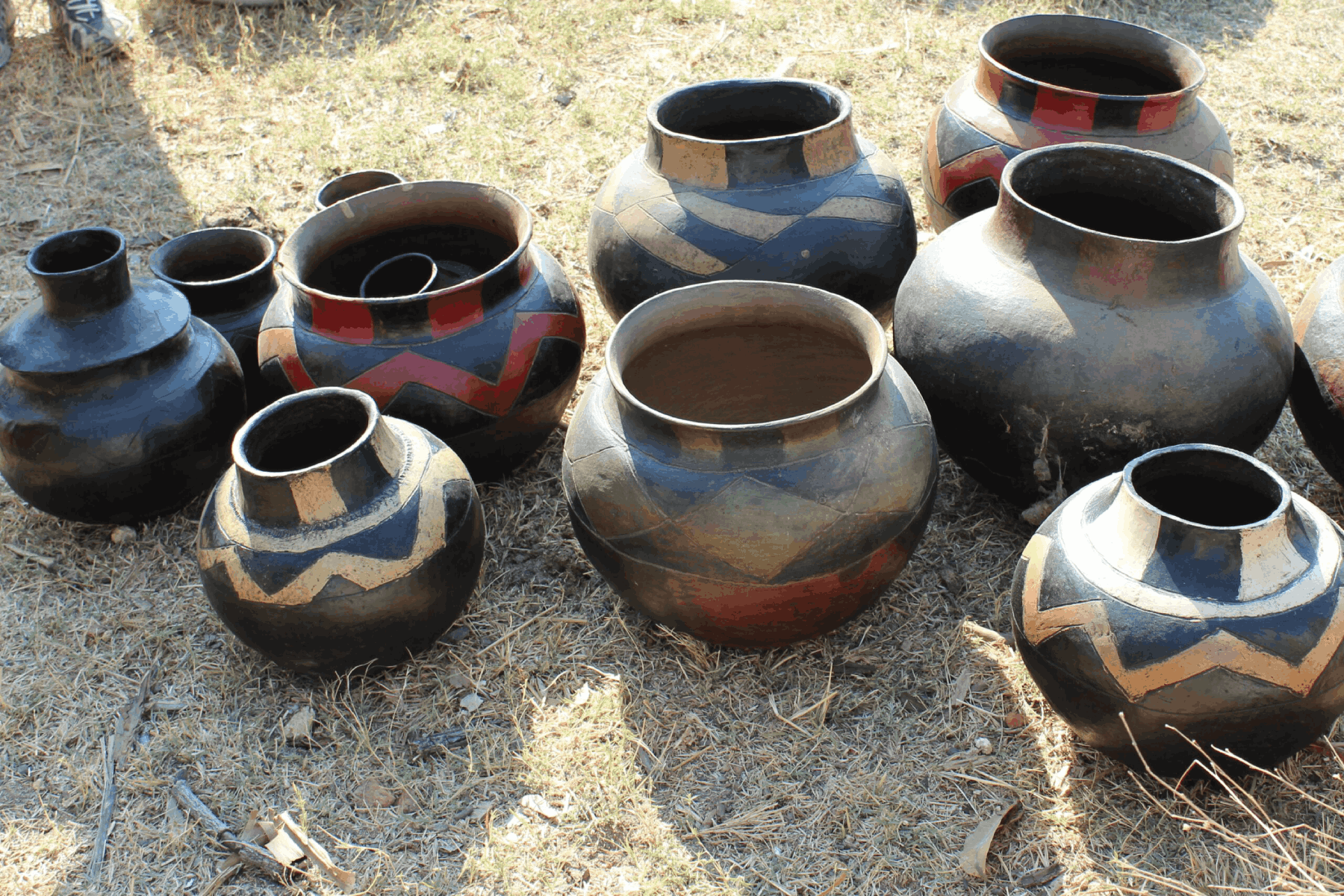WHAT CAN SUSTAINABLE DESIGN LEARN FROM ZIMBABWEAN INTERIORS?
Leonard Muyambo looks at Zimbabwe’s sustainable interior design concepts of the past and present, and asks: How to do more with less?
With consumers in the developed world becoming more conscious about the environment and sustainability – more than 70 per cent of European and American consumers now consider the environment when shopping, for example – it’s imperative to reimagine a more sustainable future for the €102.8-billion interior design market. The industry should be driven by ‘frugal innovation’, described by Navi Radjou and Jaideep Prabhu, the authors of a book on the topic, as ‘how to do better with less’.
It’s a concept with which Zimbabweans are well-practiced. The design of Shona kitchens – famously known as ‘round huts’ – is centred on people and the environment, driven by the philosophy of hunhu, or ‘I am because we are’. The idea is that the round hut’s circular design encourages dialogue and brings people together around the central fireplace. The superstructure comprises timber and clay bricks, and the roof is predominantly thatched. Both the exterior and interior are finished with pattern paintings, a prominent feature in Ndebele culture. The most celebrated designs are those of Dr Esther Mahlangu, who has managed to shine a light on their beauty and innovation through collaborations with Rolls Royce, BMW, New York City and Carol Bouwer handbags, to name but a few.

Leonard Muyambo

In Shona culture, clay pots are the most significant tool and symbol in the kitchen.
Shona kitchenware is mostly made from repurposed materials and clay. Known as hari in the Shona language, clay pots are the most significant tool and symbol in the kitchen. Designed by women – traditionally decorated with graphite patterns before they dry, then sealed with peanut oil for a glossy finish – they are an expression of creativity and ownership. As for their utility, they are used for cooking and storage, with each design signifying a specific purpose. Only storage pots are colourful and artistic as they will not be exposed to an open flame; cooking pots, on the other hand, are unadorned. Hodzeko, those used for storage and the fermentation of milk, for example, feature both patterns and colours, whereas hadyana, the relish pot, carries the black soot of the fire. Over the years, these clay pots have become part of the Shona cultural art collection. Different potters have designed vessels for exhibitions and to be used as flowerpots and interior decoration.
Upcycling is one of the most important aspects of the interior design of Shona homesteads. From the table mats constructed from bottle tops that gained popularity in the 1990s to kitchen wallpapers made from the packaging of a famous brand of local biscuits: the circular economy thrives in Zimbabwean homes. The use of sustainable materials such as baobab fibrous bark has created an industry of home design furniture such as rugs and baskets. This has bolstered the export market and brought in much-needed foreign currency through tourism. Like the clay pots, upcycled table mats and wallpapers, these sustainable furniture pieces have art and design at their core, whether they be woven baskets, baobab rugs or cane couches.

Clay pots designed by Dr Esther Mahlangu.
As most of this sustainable furniture is handmade, the pieces come at a price, leaving local consumers opting for more affordable factory-made furniture. To scale the industry, it’s necessary to train more people in the art of Zimbabwean furniture and interior design. With more skilled labour, the country can export greater quantities and influence the local market through basic supply and demand. Finally, to protect the local market, Zimbabweans must also be educated in intellectual property so that craftspeople can patent their designs and methods.

